Ever since planning my trip to Japan, I had wanted to climb Mt. Fuji. Mt. Fuji (富士山, Fujisan) is a recent addition as a world heritage site, as well as the national symbol of Japan.It’s on the back of the 1,000 yen notes and you’d be hard pressed to find a postcard shop that doesn’t sell Fujisan postcards. The mountain itself is 3,776 meters tall, and most of climbs (including mine) begin at the fifth station on the Yoshiba trail (Kawaguchiko), which is at 2,300 meters, cutting off roughly half of the climb. A few of my friends climbed from the very bottom, but that took them over 20 hours, and they were in very good shape and had good gear. Even starting from the 5th station, Fujisan is no joke. Roughly four people die on the mountain every year.
My preparation was decidedly minimal. I opted to not buy hiking boots and went with tennis shoes from America. I also went with jeans, although I did buy a 105 yen pair of over pants in case of rain. For the top half, I wore a t-shirt as my base layer. My German friend left me a windbreaker and climbing socks when he returned home for the summer. Additionally, I bought a warm jacket at a used clothing store. To make up for my shoddy shoes, I bought some bandage type ankle wraps to wrap around my feet and ankles to simulate (somewhat) hiking boots. Additionally, I brought along several Calorie Mate snack foods, a few gel drinks, and 2 liters of sports drink. Finally, at the 5th station I bought a flashlight (as we would be climbing at night) and a roughly 5 foot tall wooden Fujisan climbing pole.
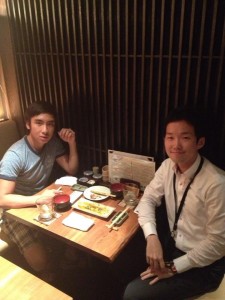 (My climbing companions)
(My climbing companions)
After last minute purchases and eating bland food at the 5th station, myself and my two friends began our climb at about 7pm. My companions were Minh, a Vietnamese guy from Canada and Kohei, A Japanese guy from… Japan. I knew Minh from school and Kohei mostly through Minh. Climbing from the 5th station to the 6th was like a typical mountain/forest hike. The ground was mostly dirt and it wasn’t terribly steep. At the first building of the 6th station we were handed a map, and we took a short break. The path from the 6th to the 7th station may be the most challenging part for some climbers. The dirt path quickly became a dusty slog with a ton of loose rocks that slide very easily. This portion was the most taxing on my legs, and Kohei tried to get us to rest at nearly every switchback (we ended up resting every 2-3). There are occasionally more huts in between stations, used to buy expensive snacks or to sleep overnight in sardine-like conditions. Also, at some of these huts you can get your climbing stick branded with a hot iron, for 200 yen each time as proof and commemoration of making it this far.
Upon arrival at the 7th station, we got our sticks stamped and took a break for about 20 minutes. The air was becoming noticeably thinner, making the climb more challenging. However, we were rewarded with amazing views of the stars and of the Milky Way in the sky. During one of our breaks between the 7th and 8th station, we looked down and could see one of the towns at the bottom of the mountain was shooting off fireworks for a festival. The climb at this point became much more technically difficult, with large volcanic rocks dominating the landscape, frequently requiring the use of hands to scale.
At about the 8th station, we got an extended break as I went in to use the restroom (also costs 200 yen to use), and waited 20 minutes for the lone stall to be vacated. After all that time, the man inside still had not left, so I just used the urinal at this stop. As I left, some concerned citizen was knocking on the door but not receiving an answer. I hope the gentleman inside was alright…
The climb from the 8th station to the top felt like it would never end. The 8th station was at about 3,100 meters and after each long climbing section we were lucky if we had gone only 100 meters. Sometimes it was only 50 meters each section. Because we were climbing in season and on a weekend, there were queues for the rest of the climb, and the lines moved slowly. Looking below (behind) us, we could see a long trail of flashlights, headlights, and lanterns. It was at about this point that Minh and I lost Kohei, pushing ahead to be sure that we wouldn’t miss the sunrise.
The rest of the climb felt especially never-ending. We passed the “original 8th station”, then the 8th and a half station. The climb from the 8th and a half station to the 9th felt longer than from the 6th-8th. Despite this, me and Minh only took one break during this point. Finally, at about 3:40am we reached the 9th station. We sat down there for about 10 minutes before panicking, thinking that we needed to hurry to the summit. After hiking another 2 minutes we realized… the 9th station is at the summit. We had succeeded!
Myself and Minh found a place behind a large rock, facing where the sun would rise, and began to wait. I posted a Facebook status update (yes, we had internet at Japan’s highest point), and waited. My elation quickly began to die down, as the sun was taking forever to rise and, in the meantime, I was rapidly becoming quite cold since we had stopped moving. Finally, at about 5am, the sun began to rise at a rapid pace. The view was spectacular. Minh took photos while I took some video.
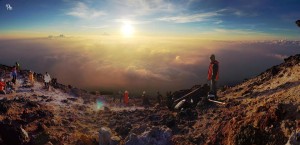 (Minh’s amazing photo from the top)
(Minh’s amazing photo from the top)
By the time the sun had fully risen, I realized that I had come down with altitude sickness. I had never felt so cold in my life, and my stomach was not doing well either. I hurried over to the restroom, where I had the privilege of waiting in a 20 person line and to pay 300 yen for the honor of not throwing up in public. While in line we saw Kohei and reunited before I entered the stall closest to the line of people waiting (some luck). It didn’t take long for me to throw up absolutely everything I had eaten, and most of what I had drank on the way up. This also caused me to get a splitting headache. After exiting the bathroom, Kohei graciously allowed me to use some of his canned oxygen and I wandered towards the benches to attempt to get an hour or so of sleep.
I sent Minh to get my final stamps on my Fujisan stick, as well as to mail my postcards. By the time he got back, I was ready to get down the mountain. The three of us began heading toward the descending trail, but after about 30 steps, I kneeled down by some rocks and threw up some more. So much for my dignity. After this, I felt considerably better (but still not good).
The descent was considerably faster, but consisted of only dust and loose rocks. To descend Fujisan, you basically take 3 or 4 steps and then slide down the hill for several feet. It’s very possible to run down, but your legs and knees will protest. We took very few breaks, and descended in only 3 hours. I just wanted to get off of that damn mountain at this point. After reaching the 5th station, we had to wait for over 3 painful hours in the scorching hot sun. Finally, we boarded the bus, and I probably slept for half of the 3 hour bus ride back to Shinjuku. Upon arriving in Shinjuku, Kohei managed to exit the bus and take 3 steps before his legs gave out. He had to take a taxi home, and go to work the next day.
The aftermath: I had to take the train home to my dorm, and I was very glad to have my climbing stick with me. Otherwise I would have looked and smelled like the dirtiest foreigner who ever set foot in Japan. With the stick, everyone who you see understands what you just went through and refrains from judging. At my local station, I ate a hearty bowl of Matsuya, then returned to the dorm to wash off all my grime in the public bath. Then I slept. The next day I rewarded myself with a massage, and spent about 2,500 yen shipping my climbing stick home.
Would I do it all again? Yes. However, I would do a few things differently:
- Bring leg warmers or long johns – necessary at the top
- Bring another jacket – only for the summit
- Stay overnight at one of the huts to acclimate to the altitude, or at least bring canned oxygen
- Drink water instead of sports drink
- My shoes were okay – but hiking boots would have been more comfortable
- Less sugar – my drinks for energy were nearly pure sugar – bad idea.
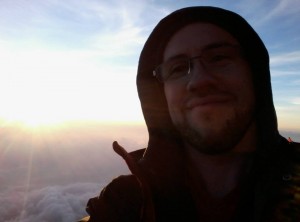 (Required Fujisan self shot photo)
(Required Fujisan self shot photo)

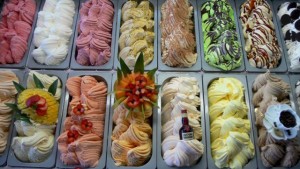
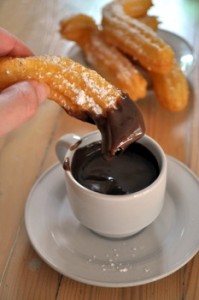
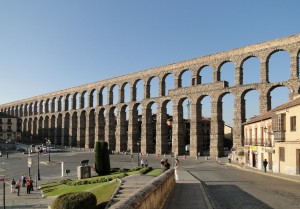
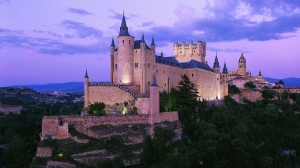
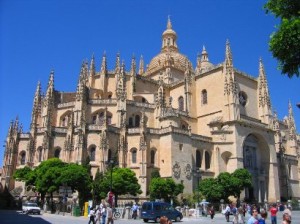
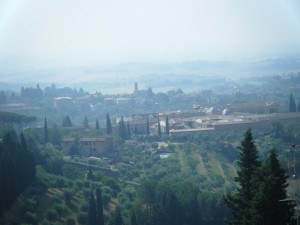
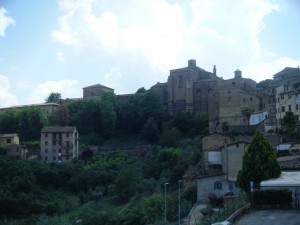
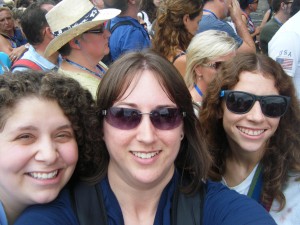
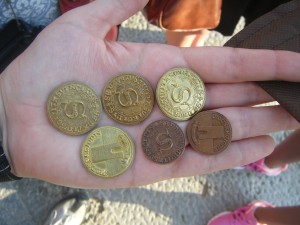
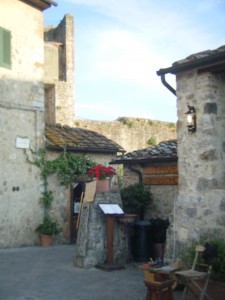
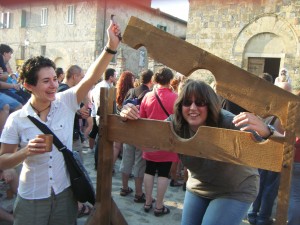
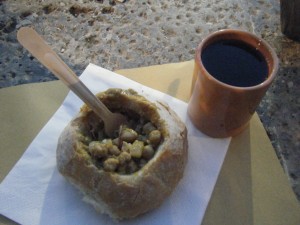
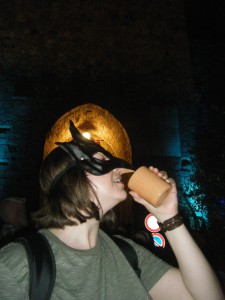
![IMG_2064[1]](https://wou.edu/wp/studentsabroad/files/2013/08/IMG_20641-300x225.jpg)
![IMG_2075[1]](https://wou.edu/wp/studentsabroad/files/2013/08/IMG_20751-300x225.jpg)







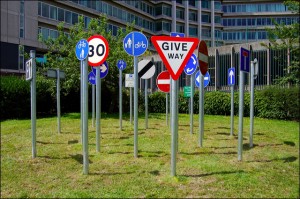
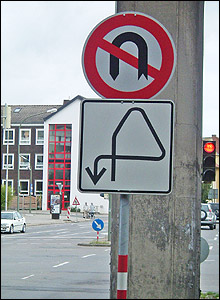
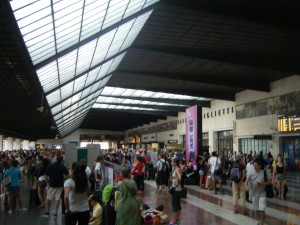
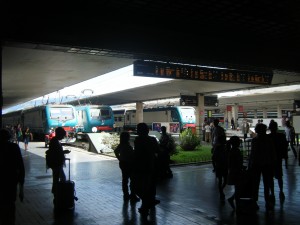
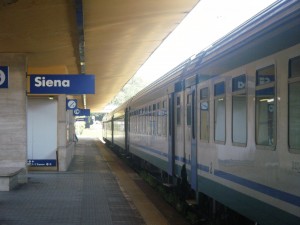
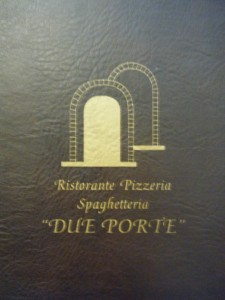
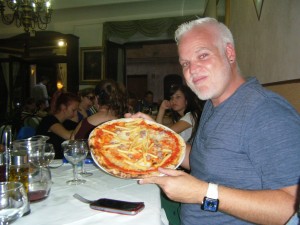
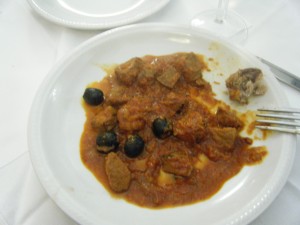
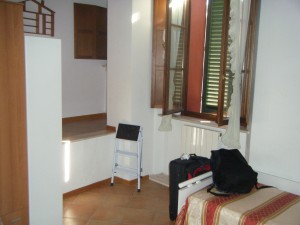
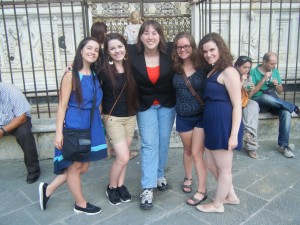
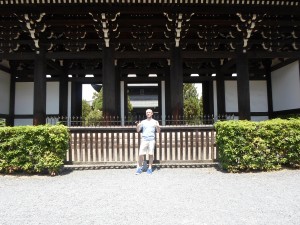
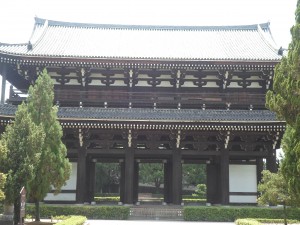
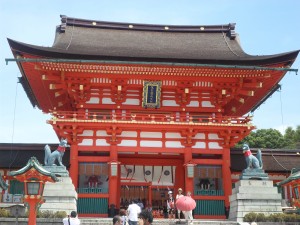
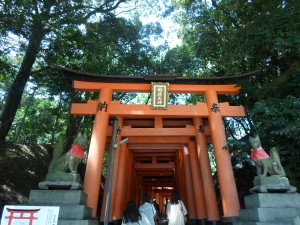
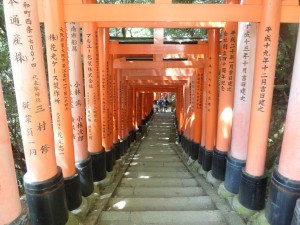
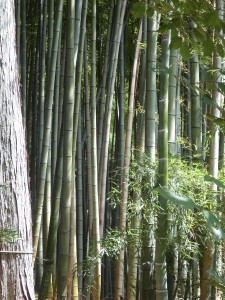
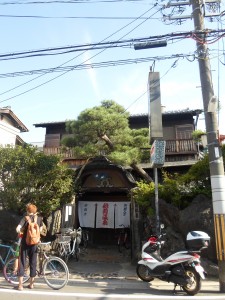
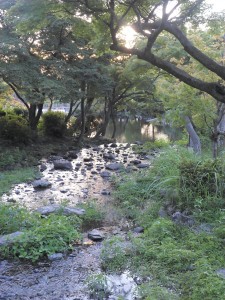



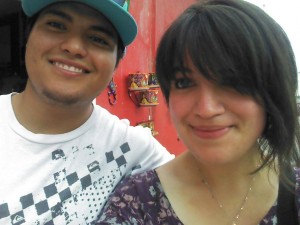
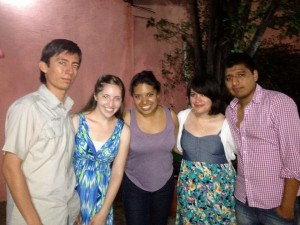
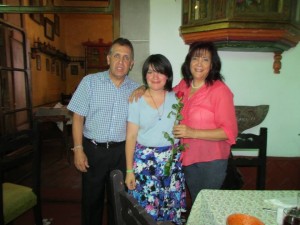
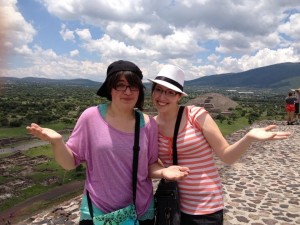
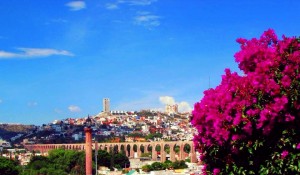
![IMG_2030[1]](https://wou.edu/wp/studentsabroad/files/2013/08/IMG_20301-300x225.jpg)
![IMG_2032[1]](https://wou.edu/wp/studentsabroad/files/2013/08/IMG_20321-300x225.jpg)
![IMG_2005[1]](https://wou.edu/wp/studentsabroad/files/2013/08/IMG_20051-300x225.jpg)